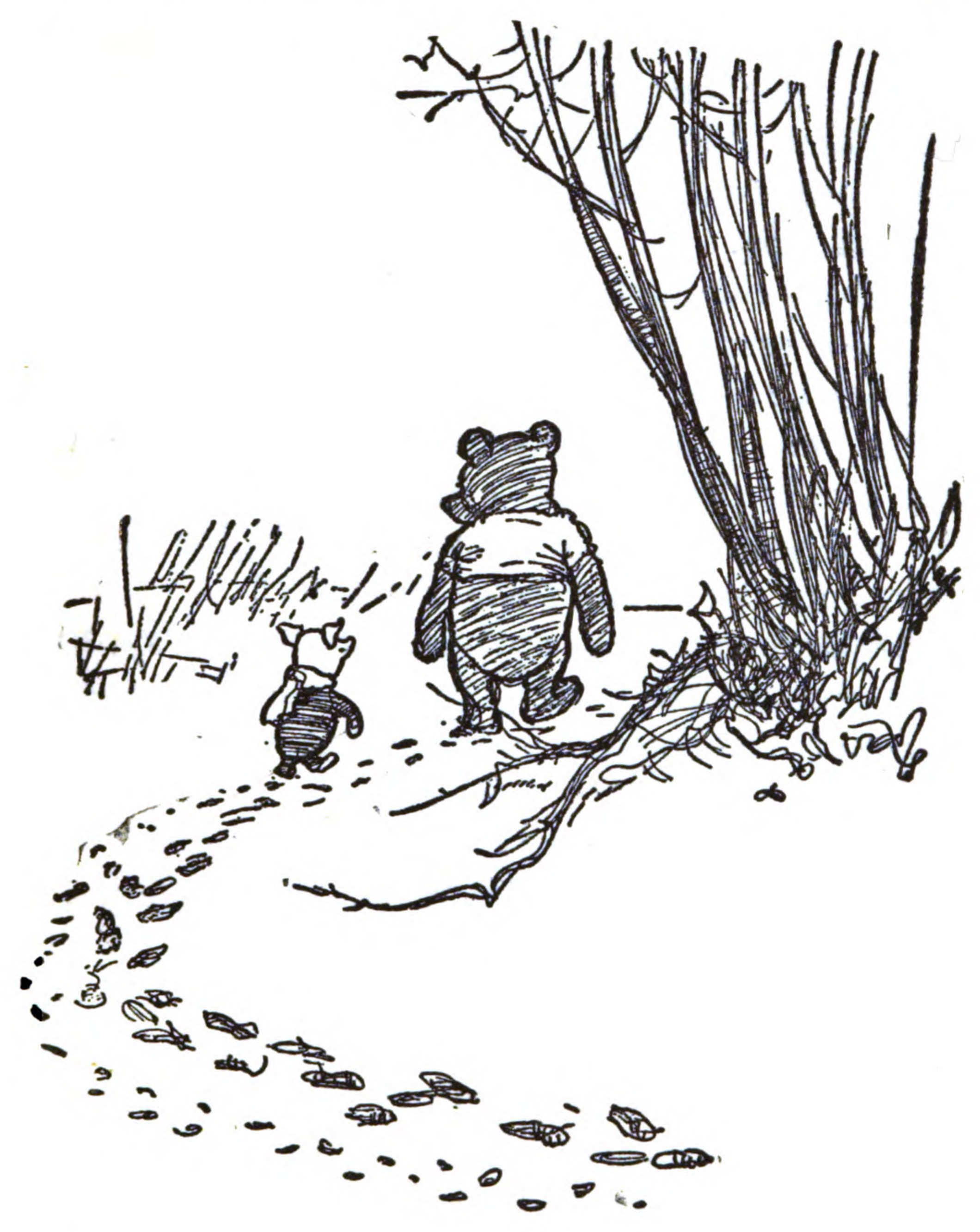Louis Brizuela says managing the microfiche digitization center for Democracy’s Library gives him a sense of pride. “I feel like I’m making a difference,” said the 28-year-old who lives in the Bay Area. “We’re scanning and preserving all this really cool content.”
Brizuela and his six-person team are currently digitizing U.S. Supreme Court case documents and government records from Canada dating back to the 1930s. The documents are stored on microfiche cards, a flat, film-based format commonly used from the mid-20th century for preserving and accessing paper records, which requires a specialized reader for viewing—making the information contained on the cards difficult to access. “It’s useful for law students or anybody – and it’s free to use without borders,” he said. “Also, it’s valuable for the sake of archiving so information doesn’t get lost.” Next, Brizuela said he’s looking forward to receiving a donated collection of microfiche with images of Sanskrit Buddhist tablets.
Anyone can watch the crew in action on a livestream of the microfiche scanning operation (https://www.youtube.com/live/aPg2V5RVh7U). Activity occurs Monday–Friday, 7:30am-3:30pm and 4:00pm-midnight U.S. Pacific Time (GMT+8)—except U.S. holidays. Mellow lo-fi music plays in the background during working hours and continues with various video and still images from the Internet Archive’s collections rotating on the feed when the digitization center is closed.
During the livestream, one camera is focused on an operator feeding microfiche cards beneath a high-resolution camera; another other provides a close-up view of the material. Each page is processed, made fully text-searchable, and added to the Internet Archive’s public collections. Researchers and readers can easily access and download the documents freely through Democracy’s Library.
Brizuela said the staff has embraced the public window on their work. He joined the Internet Archive in February and hired people who were willing to be on camera and understood the potential benefit of the exposure. “It’s not like ‘Oh, Big Brother is watching’,” he said, noting the employees have fun with the situation. “We’re not robots. We do show our characters. We’re human.”
The team is leaning in, Brizuela said, suggesting they dress up in costumes for Halloween and maybe wearing elf hats at Christmas to add a festive touch to the project. They also answer questions in a live chat with viewers.
Brizuela comes to this position from a varied career working in the military, medical fields, retail and web development. He’s long had an interest in photography, particularly shooting and developing his own 35mm film. So, Brizuela said, it was not hard to pick up how to operate the custom-built scanner and oversee the digitization process.

Every morning, the team huddles up in the small digitization center to talk about the previous day’s completed pages and map out the upcoming work. Brizuela watches over and QA’s the scanning done by the team. Depending on the type of collection, each scanner can scanhundreds of cards a day.
Brizuela describes the vibe in the microfiche digitization center as pretty relaxing, with staff members chatting and interacting while they work. Often, they have headphones to listen to an audiobook or podcast. “If they are listening to music, sometimes they bust a dance move, or bob their head to get in the groove. People enjoy seeing that,” Brizuela said.
[Learn about details of the set up from Sophia Tung, who engineered the livestream https://blog.archive.org/2025/05/29/meet-sophia-tung-the-creative-force-behind-internet-archives-microfiche-scanning-livestream/]
Brizuela added: “If you’re curious about what microfiche is, tune in and you’ll see the process of scanning—and learn a little bit about history.”






















